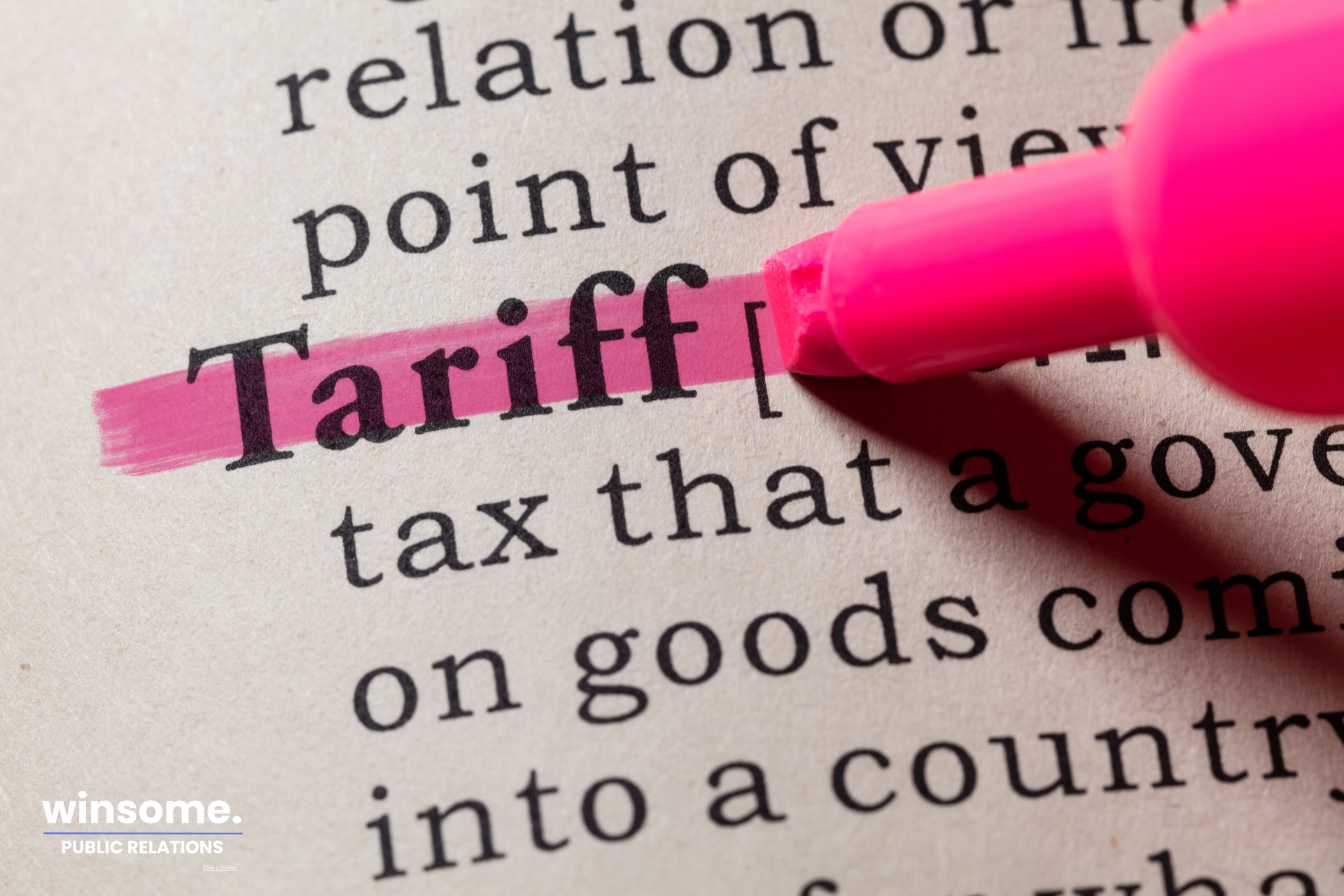How PR Teams Can Navigate Tariff Challenges with Strategic Communication
So you know those new tariffs on stuff from China, Canada, and Mexico that just kicked in? Yeah, the ones making everyone in PR departments...
4 min read
 Joy Youell
:
Oct 6, 2025 1:42:17 PM
Joy Youell
:
Oct 6, 2025 1:42:17 PM

So, you thought newsletters were going to solve all your marketing problems? You and everybody else! That's the problem right there. Everybody and their mother has a newsletter now. It's like when a new restaurant opens in the neighborhood - at first it's great, then word gets out, and suddenly you can't get a table without waiting an hour and a half. What's the point?
Look, I've got to be honest with you - we're past peak newsletter. Way past it. Your inbox is probably a disaster area right now. Mine certainly is. I wake up, and there are 47 new newsletters. Who has time for this? Nobody! Not even people who claim they do. They're lying to themselves.
You know what's making it worse? Those AI assistants - your Copilots and your Geminis. They're summarizing everything now! People aren't even opening your emails anymore. They're letting some robot read it and give them the highlights. You spent three hours crafting that perfect subject line, and for what? So a machine can decide it's not worth your subscriber's time? Unbelievable!
Does this mean newsletters are dead? No. But the rules have changed, and if you don't adapt, well, good luck to you. You'll need it.
The old way was simple: Facebook and Twitter (or X, whatever they're calling it now) stopped showing your posts to people, so you started a newsletter. Direct line to the customer! No algorithm! Total control! It made sense at the time.
But now? The average professional gets 120 emails per day. One hundred and twenty! You think yours is special enough to stand out? Please.
And these AI tools are getting better at filtering. Soon they'll just decide what's important without even asking. "Oh, another marketing newsletter about best practices? I'll just file that away for never."
Simply having a newsletter isn't a strategy anymore. It's like saying your strategy is having a website. Congratulations, welcome to 1998.
Here's the good news, if you can call it that. Some newsletters are still getting opened. Why? Three things AI can't fake: voice, authenticity, and trust.
Think about the emails you actually open. It's not because of some trick or gimmick. It's because you trust whoever sent it. You know they won't waste your time. That relationship is what matters.
The next phase isn't about reaching everyone. It's about reaching the right people and actually giving them something worth reading. What a concept!
Your newsletter should be one piece of your strategy, not your entire communication plan. That's putting all your eggs in one basket, and you know what happens then - you drop the basket, and suddenly you've got egg all over your shoes. Disgusting. Extend your reach through LinkedIn, podcasts, events, or online communities. When inboxes get too crowded (they already are) or AI filters your email (it's happening), you'll still have ways to connect.
You've now got two audiences: your actual subscriber and their AI assistant. Write with both in mind, which is ridiculous when you think about it. We're writing for machines now! What's next, asking for their approval? But that's where we are. Use clear headlines, source transparently, and make your structure easy to scan. If an AI summarizes your work, at least make sure your key points show up.
Some days people want quick information; other days they want depth. Who knows what mood they'll be in when they open your email? I certainly don't. The best newsletters offer both: something you can skim through quickly and one bigger idea if you've got time. Choice builds loyalty. Imagine that!
Polls, Q&As, reader spotlights - these turn newsletters into communities. You know what else they do? They build credibility, which matters more as AI tools start ranking "trusted" sources. Pretty soon, we'll have AI deciding who's trustworthy. What could possibly go wrong there?
There are dozens of newsletter platforms out there now. Some focus on simplicity and community features. Others emphasize growth with fancy analytics and integrations. Many position themselves as complete business infrastructure. Choosing between them all is now part of your strategy, another thing to worry about. Terrific. As if we needed more decisions to make! Pick one that aligns with your goals, but don't expect any platform to solve your content problems. That's still on you.
Some media companies have these clever brevity formats built for both humans and machines to scan quickly. Others started with a single newsletter and expanded into podcasts and events. Good for them.
LinkedIn is another beast entirely. Their newsletter product reaches more than 500 million subscriptions. For many teams, the winning approach is hybrid: LinkedIn for visibility, email for loyalty. More complexity. Just what we needed!
The platforms keep changing too. Substack has built-in discovery. Beehiiv positions itself as a growth engine. Major outlets are adapting - The New York Times has niche newsletters, Axios has local editions, Forbes has AI in their newsroom. Even the big players see what's coming.
The same applies to companies. Newsletters that sound like actual humans get opened. A candid note from the CEO will always do better than corporate jargon. You'd think that would be obvious, but apparently not.
Generative AI is changing habits faster than you realize. Soon, audiences might "read" your newsletter without opening it because their AI already summarized it. Think about that! All that work for a machine to skim it and decide what's important.
Meanwhile, Substack grows one way, Beehiiv another. LinkedIn offers reach but not ownership. Media outlets are optimizing for AI visibility. The competition is forcing everyone to do better, which is exhausting but necessary.
The golden age of newsletters is ending, but that creates opportunity if you're smart about it. If you adapt now - diversify beyond email, write for both humans and AI, choose platforms intentionally, and focus on authenticity - your newsletter can still be effective. Not guaranteed, but possible.
Here's your action item: audit what you're doing now. Where are you only using email? Where could you experiment with other platforms or reader interaction? The sooner you adapt, the better chance you have of surviving. No pressure!
Formats will change. Trust won't. And trust will always matter most, even when everything else is chaos. Pretty profound, right? Who would've thought a marketing blog could get so philosophical? Not me, that's for sure.
Contact us today to learn how we can help your newsletter strategy thrive despite the challenges.

So you know those new tariffs on stuff from China, Canada, and Mexico that just kicked in? Yeah, the ones making everyone in PR departments...
.png)
Oh my god, another post about personal branding? I know, I know. You're probably thinking, "Please, not another lecture about becoming an...

Ever find yourself in the middle of an interview that’s spiraling out of control?